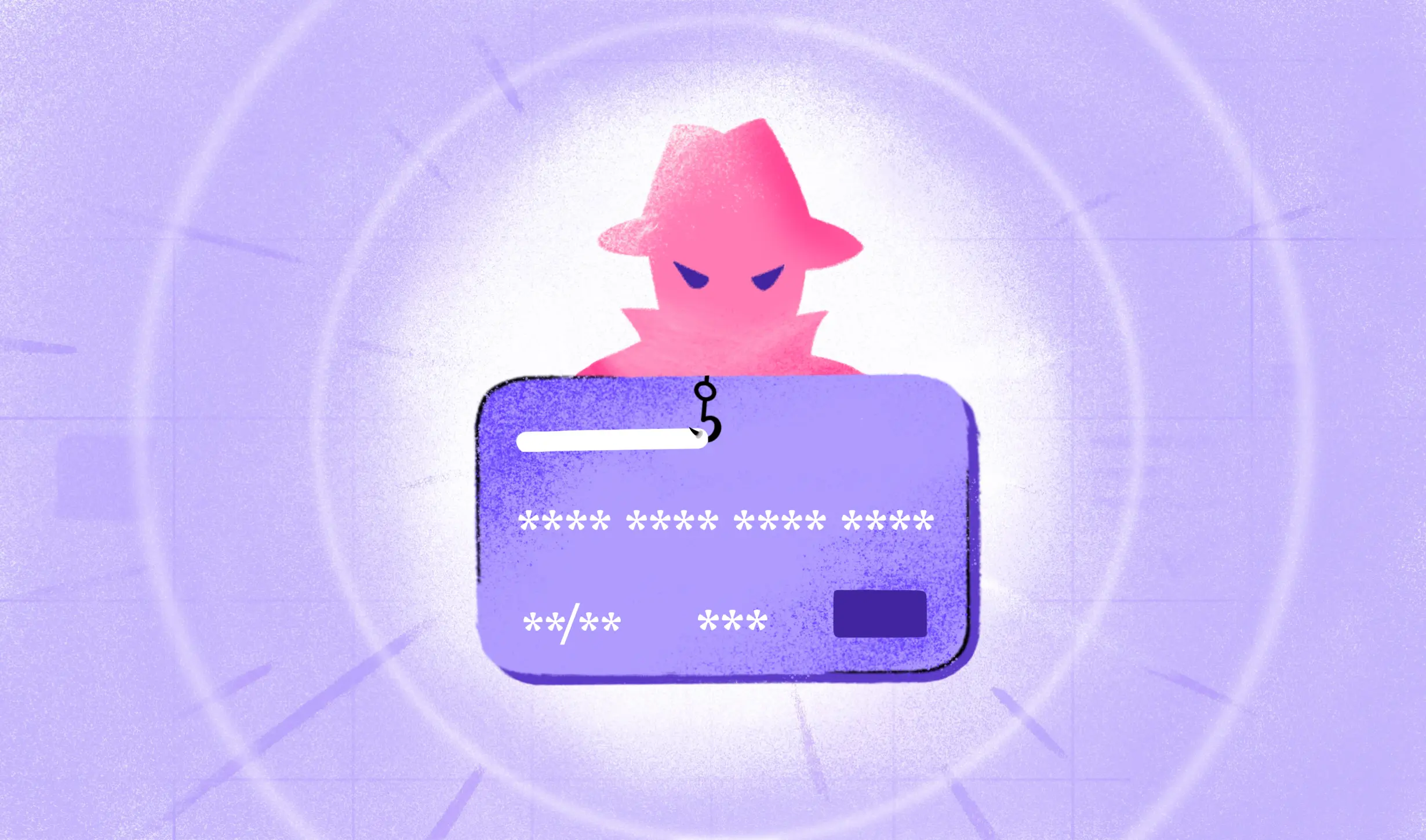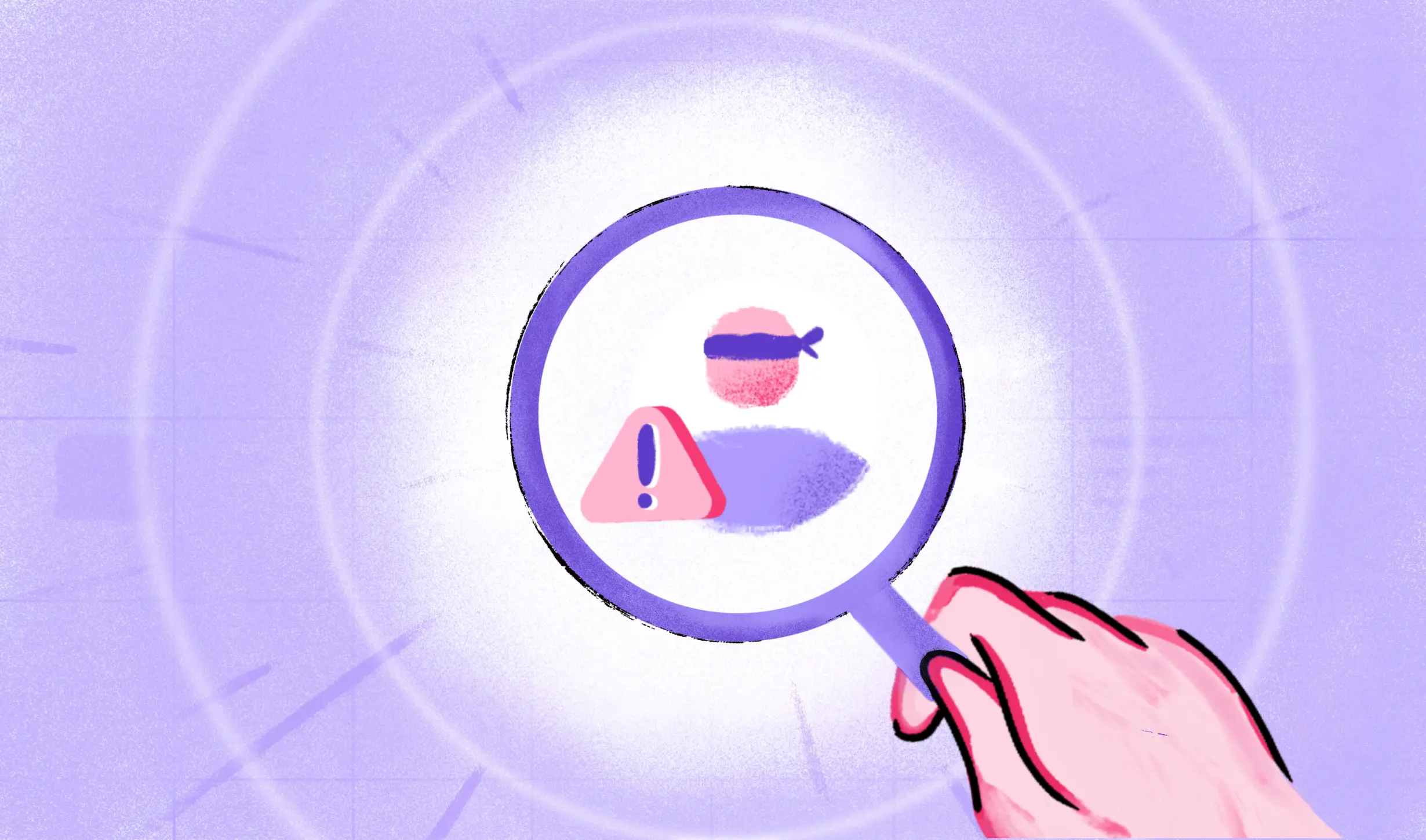Introduction
A subset of occluded face recognition that considers the occluded area of the targeted face is known as a masked face recognition security system. In the past, occluded systems for masked face recognition focused on locating and identifying a person’s face in an open environment where the occluded part of the face is in a random position and form. A masked face, however, frequently hides the area around the mouth, cheeks, and nose. The eyes, brows, and forehead may be the only remaining clear areas. As a result, a masked face recognition security system concentrates most efficiently on analysing features that may be retrieved from the subject’s uncovered features, such as the eyes, brows, and forehead.
How Do Masked Face Recognition Systems Work?
You may be skilled at identifying faces and may have no trouble recognising the face of a relative, friend, or acquaintance. Many people remember other people’s facial characteristics. A masked face recognition system operates similarly but on a much larger computational scale. Wherever you see a face, masked face recognition software detects data. And, it is possible to save and access that data.
Masked face recognition requires computer-generated filters to convert face photos into numerical representations that can be compared to determine similarities. These filters are typically produced using deep “learning,” which processes data using artificial neural networks.
Masked face recognition is advancing quickly; however, there are many improvements needed to the system to attain efficiency in the real world. It is challenging to summarise the accuracy of a masked face identification system because no single metric offers a comprehensive picture of performance.
Related reads:
Uses Of Masked Face Recognition technology
- Airports And Border Security
Mask face recognition technology is now widely used in many airports worldwide. Many people travel using biometric passports, allowing them to pass through automated passport control, thus skipping long lines. In airports, masked facial recognition reduces wait times and improves security. As per the US Department of Homeland Security, by 2023, 95+% of travellers would be undergoing face recognition security. Security at important events like the Olympics, on aeroplanes, and at border crossings could be improved by using masked face recognition technology.
- Law enforcement
According to a recent NBC investigation, law enforcement officials and agencies worldwide have started using masked facial recognition technology. When someone is arrested, the police take their photos, store them in databases, and then review them whenever they start a special type of investigation. Sometimes, the police collect the suspects’ mug pictures and cross-reference them with information buried in regional, national, and international face recognition databases. This enables law enforcement officials to compare suspected images with one or more facial recognition systems before attempting verification.
- Enhancing The Retail Experience
The use of masked face recognition technology has the potential to enhance consumer shopping experiences. Store kiosks, for instance, may identify customers, recommend products based on their past purchases, and send them in the proper direction. By using “face pay” technology, customers may even be able to bypass lengthy checkout queues.
- Locating The Missing
Finding missing people and victims of human trafficking can be done using masked face recognition technology. Let’s say a facial recognition database is expanded to include missing people, and the missing person is seen in an airport, store, or another public area. Such people can be identified by the face recognition technology installed in such areas, which would then immediately notify law enforcement officials.
Benefits of Face Recognition Systems
- Superior Public Safety – One of the most frequently mentioned uses for facial recognition technology is law enforcement. It is also the subject of the utmost dispute and vehement argument.
- Benefits of Facial Recognition in Banking – Banking fraud is still a problem today, despite the security steps taken by financial institutions all over the world; facial recognition internet banking can help with this.
- Quick and Non-Invasive Identity Verification – The speed at which facial recognition technology processes information and the lack of user engagement are the additional benefits provided by masked face recognition technology.
- Face Recognition Increases Computer Vision’s Capabilities – Computers may one day be able to observe and recognise objects and people in a similar way humans do, thanks to advances in face recognition technology.
Conclusion
According to its practicality and ease of use, masked face recognition security is one of the most used biometric identification techniques. Recently, the pandemic has been swiftly spreading over the world, dangerously damaging both human health and the economy. Utilising a mask is a useful technique to prevent the spread of illnesses in public settings. However, it is quite challenging to detect masked faces due to the lack of knowledge about their characteristics. It is still being researched how to analyse textual and form features that are used for facial identification in order to suggest methods for face recognition in particular areas. These feature types demonstrate their speed of processing without a lot of training data.
If you’re looking to implement a state-of-the-art facial recognition system, HyperVerge’s technology stands out as a leading choice in the market.
Explore more about how HyperVerge’s facial recognition software can benefit your organization.
If you’re ready to take the next step, you can directly sign up to experience the advanced capabilities of HyperVerge’s facial recognition technology and how it can seamlessly integrate into your operations.
FAQs
What are the masked face recognition system’s limitations?
The limitations of face recognition include the risk of data theft, violation of privacy, risk of technology manipulation, the danger of misuse of technology for fraud, etc.
How secure is masked face recognition?
Face recognition systems are generally thought to be safer. However, your phone can be unlocked using a camera-based masked face recognition system, even though you can’t use it with private apps like Google Pay. For instance, Apple smartphones are secure enough to handle Face Unlock on par with passwords and fingerprint sensors.
What information is gathered by masked face recognition?
Face recognition systems use computer algorithms to identify specific, recognisable features on a person’s face. The information is then transformed into a mathematical expression and contrasted with information on other faces gathered in the face detection and recognition database. For instance, the space between the eyes or the contour of the chin.
What purposes does masked face recognition serve?
Masked face recognition is a technique of identifying or verifying a person’s identity, even with an occluded portion of their face. People can be recognised in real-time, on-screen, or in films using masked face recognition technology. It is a subcategory of biometric security.

 US
US
 IN
IN









